Ancient news stories
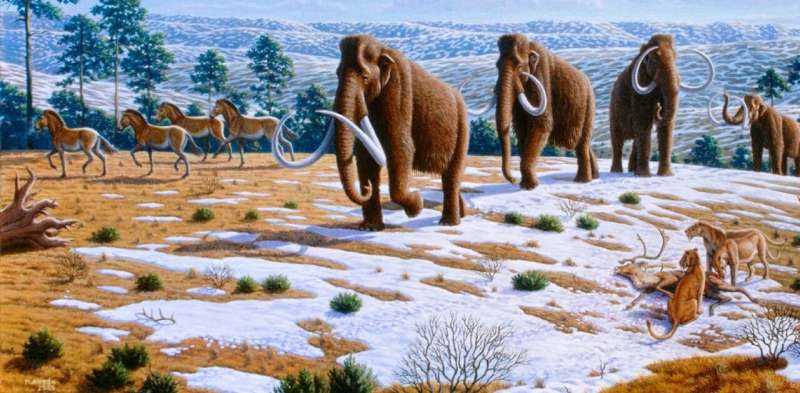
Just how implicated should humans be in the extinction of these ice-age animals? In a new study, forensic techniques more commonly used to identify blood on objects at crime scenes are used to investigate this question. Our study is published in the journal Scientific Reports.
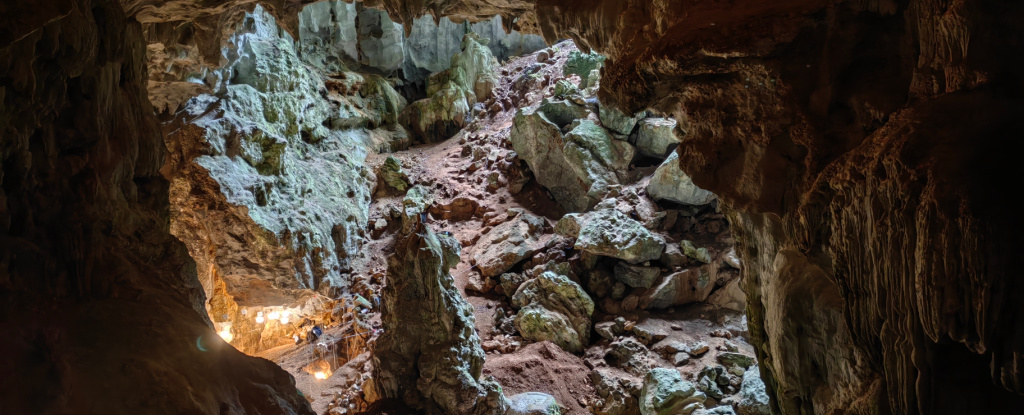
In the bowels of a Laotian cave, illuminated by faint sunlight and bright lamps, scientists have unearthed the earliest known evidence of our human ancestors making their way through mainland Southeast Asia en route to Australia some 86,000 years ago…it could push back timelines of early human migration in an area by more than ten thousand years. See the study here.
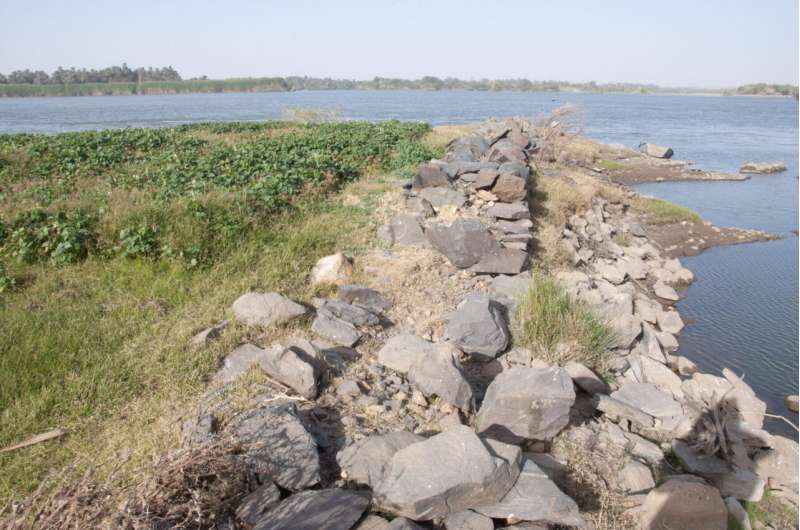
An international team of researchers who discovered a vast network of stone walls along the River Nile in Egypt and Sudan say these massive “river groins” reveal an exceptionally long-lived form of hydraulic engineering in the Nile Valley, and shed light on connections between ancient Nubia and Egypt. See research here.

Blocking the subjective psychedelic effects of psilocybin does not appear to interfere with the substance’s ability to potentially help with obsessive behaviors, according to new research published in Translational Psychiatry.
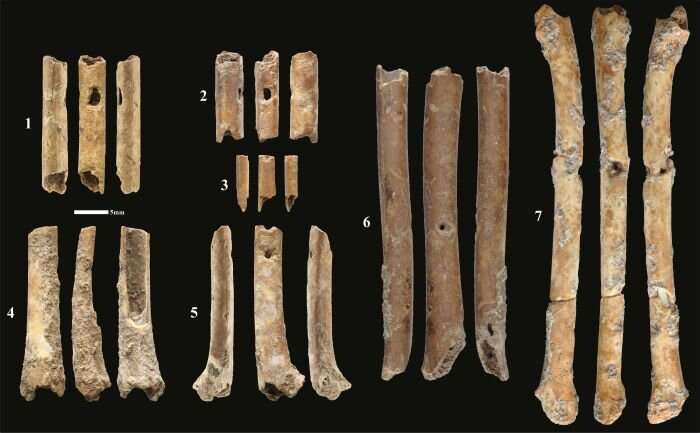
A team of researchers, including a Virginia Commonwealth University professor, has discovered rare prehistoric instruments made from the bones of birds dating back more than 12,000 years, according to findings published Friday in the journal Scientific Reports

Palaeontologists in South Africa said they have found the oldest-known burial site in the world, containing remains of a small-brained distant relative of humans previously thought incapable of complex behaviour.
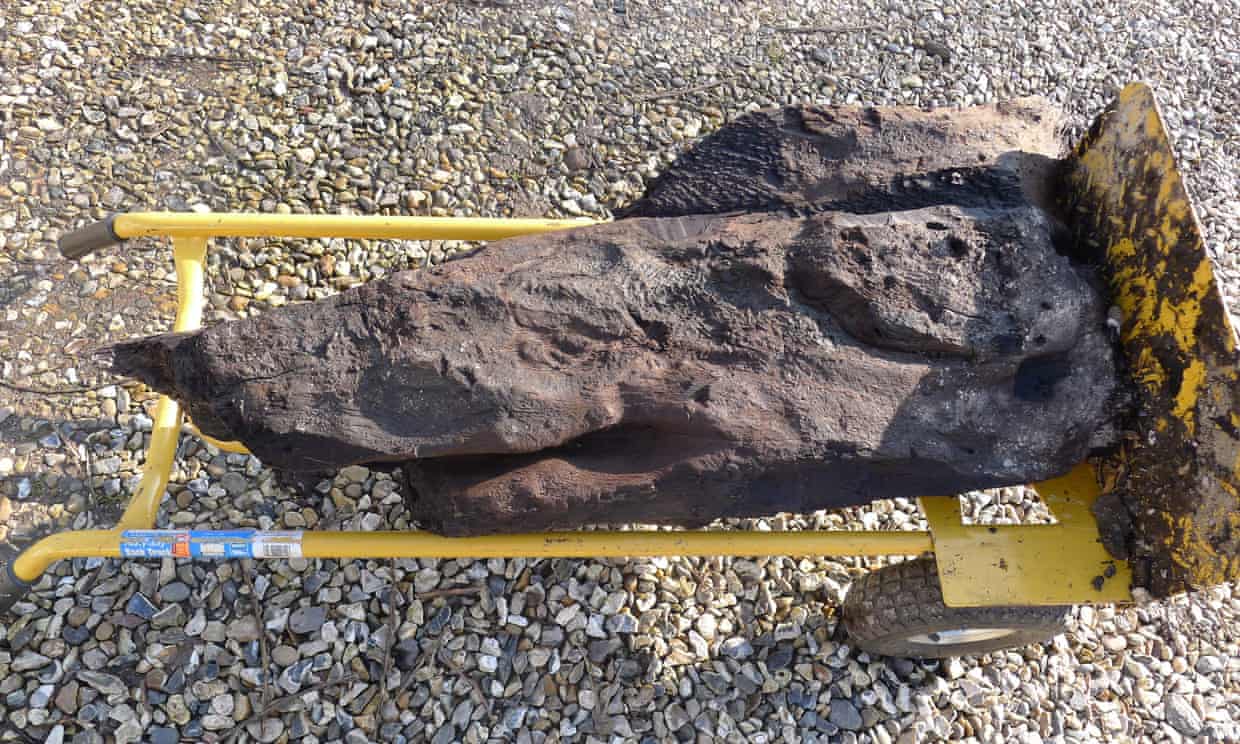
It could easily have gone on to the bonfire or into the skip. But Derek Fawcett decided to take a closer look at the blackened, waterlogged piece of wood found at the bottom of a trench dug for foundations for a new workshop.
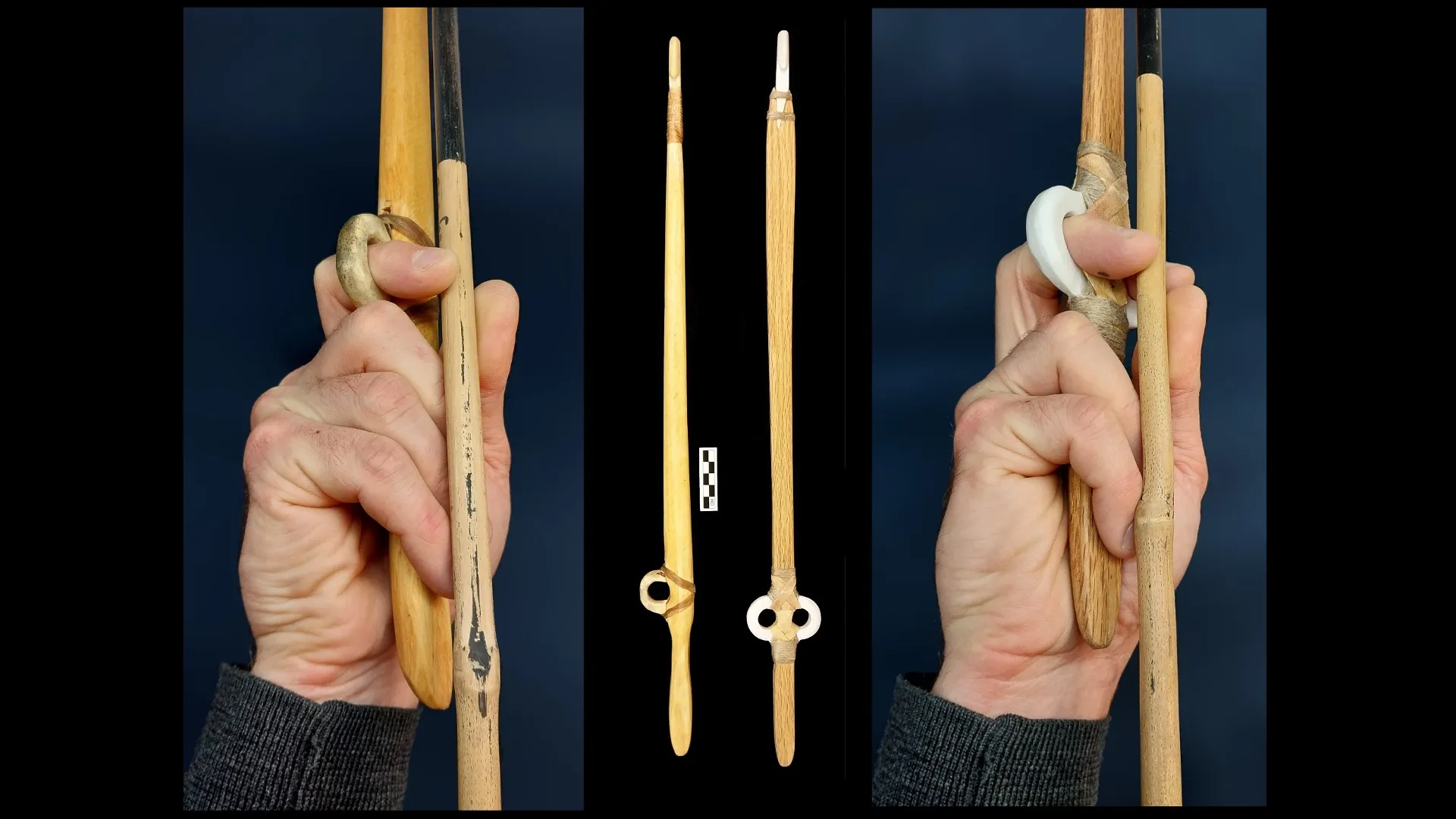
Enigmatic, C-shaped antler carvings from France’s Stone Age have puzzled scientists for over 150 years, but now a modern experiment investigating these artifacts may have revealed their purpose: They were likely crafted to be Paleolithic finger grips for spear-throwers, a new study finds.

Deep in an open coal mine in southern Greece, researchers have discovered the antiquities-rich country’s oldest archaeological site, which dates to 700,000 years ago and is associated with modern humans’ hominin ancestors.

An investigation into the mystery filaments hanging in space around the heart of the Milky Way has turned up an entirely new population of them, aligned along the galactic plane and pointing in the direction of the galactic center. See the research here.
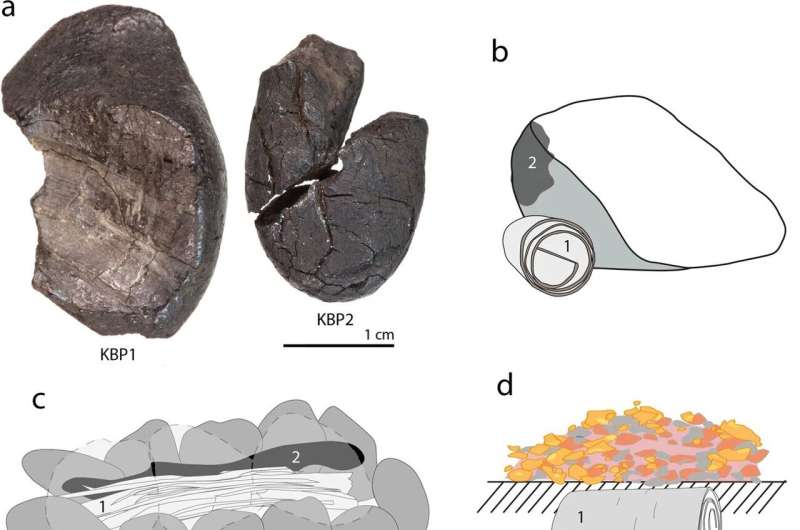
Researchers at the Eberhard Karls University of Tübingen and colleagues in Germany have taken a closer look at the birch tar used to affix Neanderthal tools and found a much more complex technique for creating the adhesive than previously considered. See the paper here.
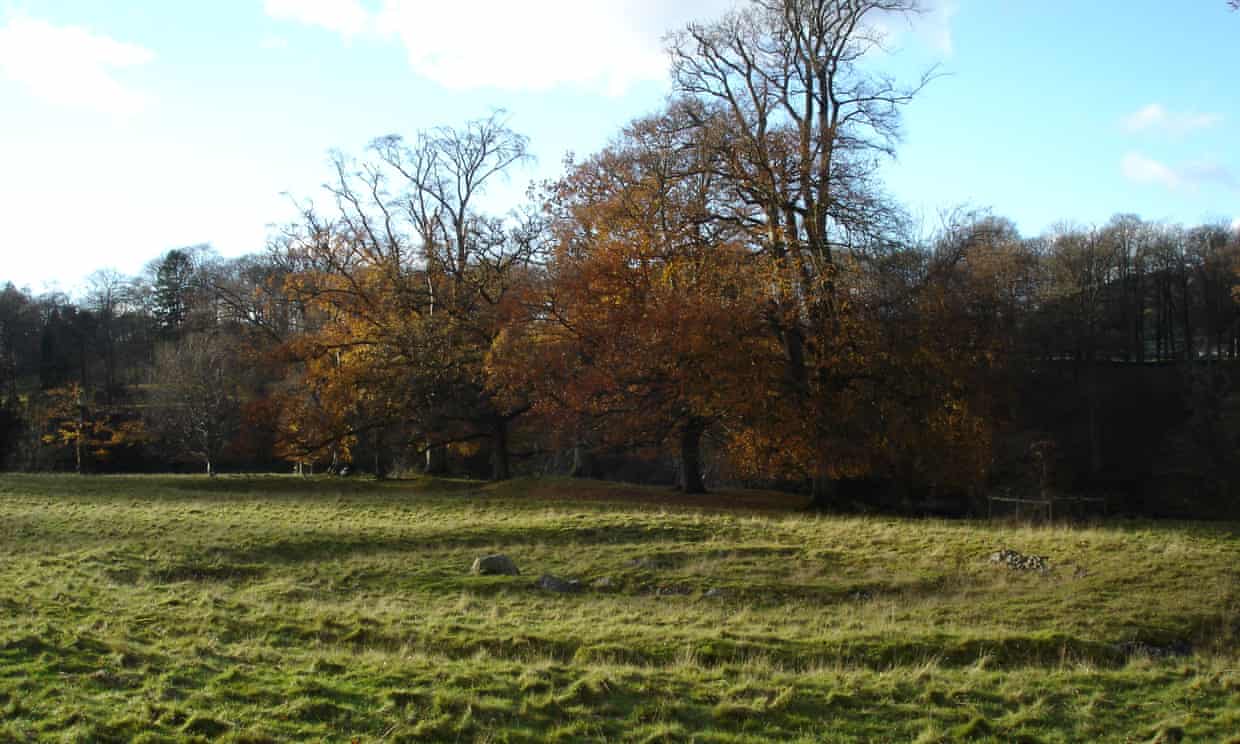
Traces of Yersinia pestis bacteria were found in the teeth of people buried at bronze age sites in Cumbria and Somerset.
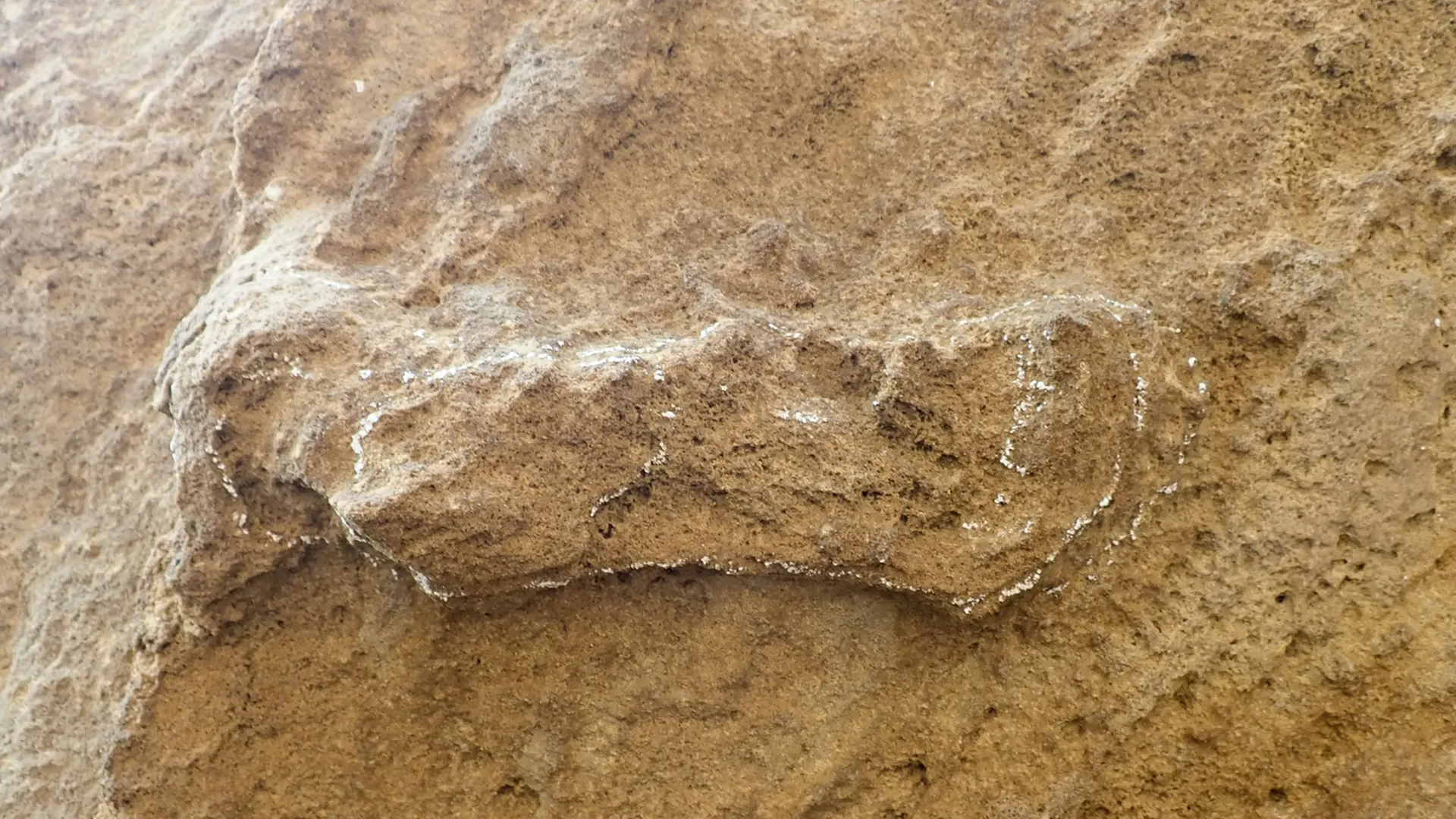
In an article published April 25 in the journal Ichnos, an international team of researchers used optically-stimulated luminescence (OSL) to figure out when the impressions were made.
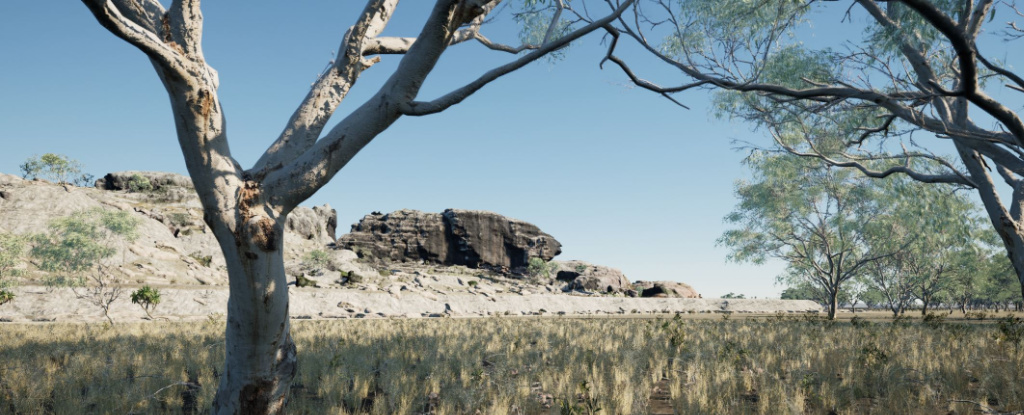
Archaeologists have mapped a hidden landscape where Australia’s first people made inroads more than 60,000 years ago. The study was published in PLOS One.
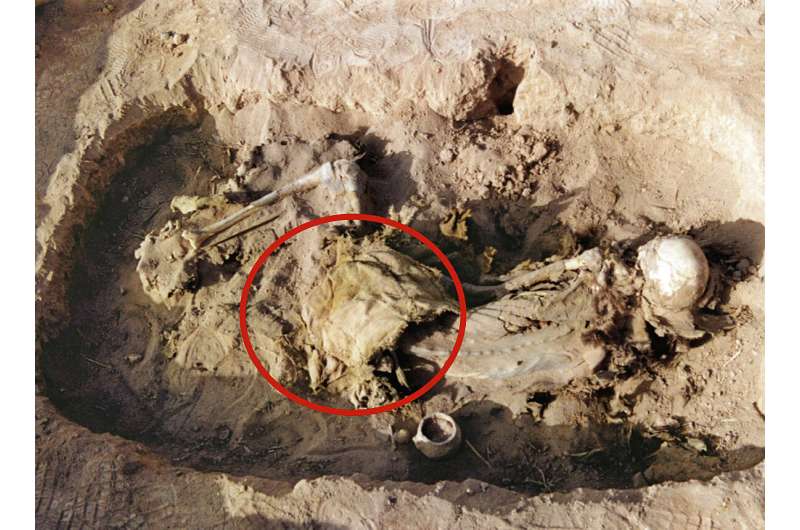
An international team of archaeologists has found what may be the earliest known saddle at a dig site in China. In their paper published in the journal Archaeological Research in Asia, the group describes where the ancient saddle was found, its condition and how it was made.

New research reveals that mushrooms and other fungi can keep themselves cooler than their surroundings. The discovery could tell us more about these organisms’ evolution and how they might respond to continued global warming.








